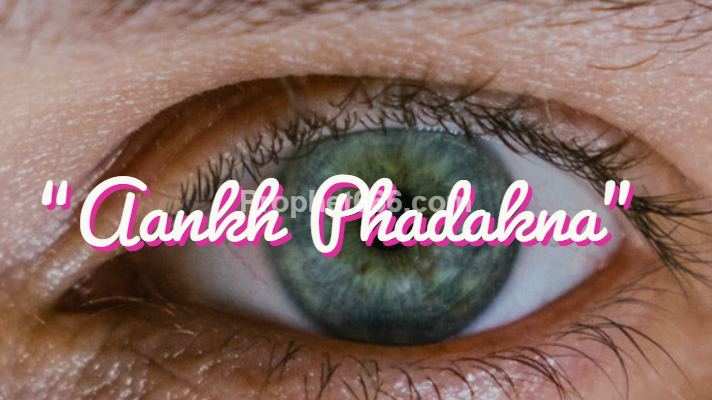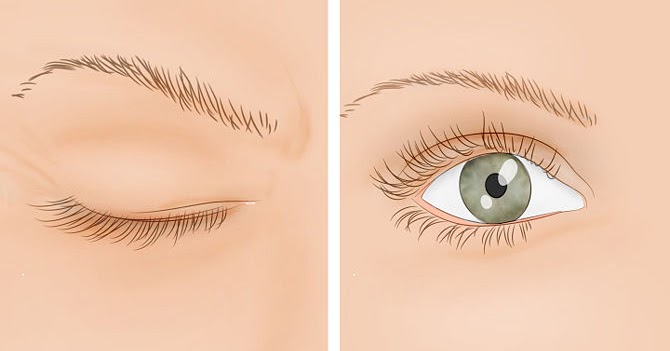Eyelid twitching, also known as myokymia in medical terms, is a common condition that many people experience at some point in their lives. It involves involuntary spasms or contractions of the muscles around the eyelids. While this condition is usually harmless and temporary, it can sometimes be persistent and interfere with daily life. In this article, we will explore the causes, symptoms, and treatment options for eyelid twitching to help you better understand and manage this issue.

What Is Eyelid Twitching?
Eyelid twitching refers to the repetitive, uncontrollable movement of the muscles surrounding the eyes. These twitches are often mild and may feel like a slight fluttering sensation. They typically occur in the upper or lower eyelid and can affect one or both eyes. The spasms are usually painless but can be annoying, especially if they persist for an extended period.
Common Causes of Eyelid Twitching
There are several factors that can contribute to the development of eyelid twitching. Understanding these causes can help you identify potential triggers and take steps to prevent or alleviate the condition.
Stress
One of the most common causes of eyelid twitching is stress. When you are under significant mental or emotional pressure, your body may respond with physical symptoms, including muscle spasms. Stress can disrupt the normal functioning of the nervous system, leading to involuntary contractions in the muscles around the eyes.
Fatigue
Lack of adequate sleep or chronic fatigue can also trigger eyelid twitching. When your body is tired, your muscles may become overworked or strained, making them more prone to spasms. Ensuring you get enough rest each night can help reduce the likelihood of experiencing this condition.
Eye Strain
Prolonged use of digital devices such as computers, smartphones, or tablets can lead to eye strain, which is another common cause of eyelid twitching. Staring at screens for extended periods can cause the muscles around the eyes to become fatigued, resulting in involuntary spasms. Taking regular breaks and practicing the 20-20-20 rule (looking at something 20 feet away for 20 seconds every 20 minutes) can help alleviate this issue.
Caffeine and Alcohol Consumption
Consuming excessive amounts of caffeine or alcohol can stimulate the nervous system and increase the likelihood of muscle spasms, including those in the eyelids. Reducing your intake of these substances may help minimize the occurrence of twitching.
Nutritional Imbalances
A deficiency in certain nutrients, such as magnesium, potassium, or calcium, can contribute to muscle spasms. These minerals play a crucial role in maintaining proper muscle function. Ensuring a balanced diet or taking supplements as needed can help address nutritional imbalances and reduce the risk of eyelid twitching.
Allergies
Eye allergies can cause irritation and inflammation, which may lead to twitching. Rubbing your eyes due to itching or discomfort can further exacerbate the condition. Managing allergies through antihistamines or avoiding allergens can help prevent this issue.
Dry Eyes
Dry eyes occur when your eyes do not produce enough tears or when the tears evaporate too quickly. This condition can cause irritation and discomfort, potentially leading to eyelid twitching. Using artificial tears or other treatments for dry eyes can provide relief and reduce twitching.
Symptoms of Eyelid Twitching
The primary symptom of eyelid twitching is the involuntary movement of the muscles around the eyes. These spasms are typically mild and may come and go without warning. Some people may experience twitching for a few minutes, while others may notice it persisting for days or even weeks. Other symptoms that may accompany eyelid twitching include:
- A feeling of tightness or pulling around the eyelids
- Mild discomfort or irritation
- Increased sensitivity to light
- Blurry vision in severe cases
Treatment Options for Eyelid Twitching
In most cases, eyelid twitching resolves on its own without the need for medical intervention. However, there are several strategies you can try to alleviate the symptoms and speed up recovery.
Lifestyle Changes
Making simple adjustments to your daily routine can often help reduce or eliminate eyelid twitching. Consider the following lifestyle changes:
- Reduce Stress: Practice relaxation techniques such as deep breathing, meditation, or yoga to manage stress levels.
- Get Adequate Sleep: Aim for seven to nine hours of quality sleep each night to allow your body and mind to rest.
- Limit Screen Time: Take regular breaks from digital devices and ensure proper lighting to reduce eye strain.
- Monitor Caffeine and Alcohol Intake: Cut back on caffeinated beverages and alcoholic drinks to see if it improves your symptoms.
Dietary Adjustments
Ensuring a well-balanced diet can help address nutritional deficiencies that may contribute to eyelid twitching. Focus on consuming foods rich in magnesium, potassium, and calcium, such as:
- Bananas
- Spinach
- Almonds
- Yogurt
- Avocados
If dietary changes are not sufficient, consult a healthcare professional about taking supplements to address any deficiencies.
Medical Treatments
In rare cases where eyelid twitching persists or becomes severe, medical intervention may be necessary. Some treatment options include:
- Artificial Tears: If dry eyes are contributing to the twitching, using lubricating eye drops can provide relief.
- Antihistamines: For individuals with allergies, taking antihistamines can help reduce eye irritation and twitching.
- Botox Injections: In extreme cases, botulinum toxin injections may be used to temporarily paralyze the affected muscles and stop the spasms.
When to See a Doctor
While eyelid twitching is generally harmless, there are certain situations where you should seek medical attention. Contact a healthcare professional if you experience any of the following:
- Twitching that persists for more than a few weeks
- Spasms that spread to other parts of your face
- Significant redness, swelling, or discharge from the eyes
- Difficulty keeping your eyes open or seeing clearly
These symptoms could indicate an underlying condition that requires further evaluation and treatment.
Preventing Eyelid Twitching
Taking proactive steps to maintain overall health and well-being can help prevent episodes of eyelid twitching. Here are some tips to keep in mind:
- Practice good sleep hygiene by maintaining a consistent bedtime routine and creating a relaxing environment for rest.
- Stay hydrated by drinking plenty of water throughout the day.
- Protect your eyes from excessive screen time by using blue light filters and adjusting screen brightness.
- Engage in regular physical activity to reduce stress and improve overall health.
By addressing potential triggers and adopting healthy habits, you can minimize the likelihood of experiencing eyelid twitching and enjoy greater comfort and peace of mind.





